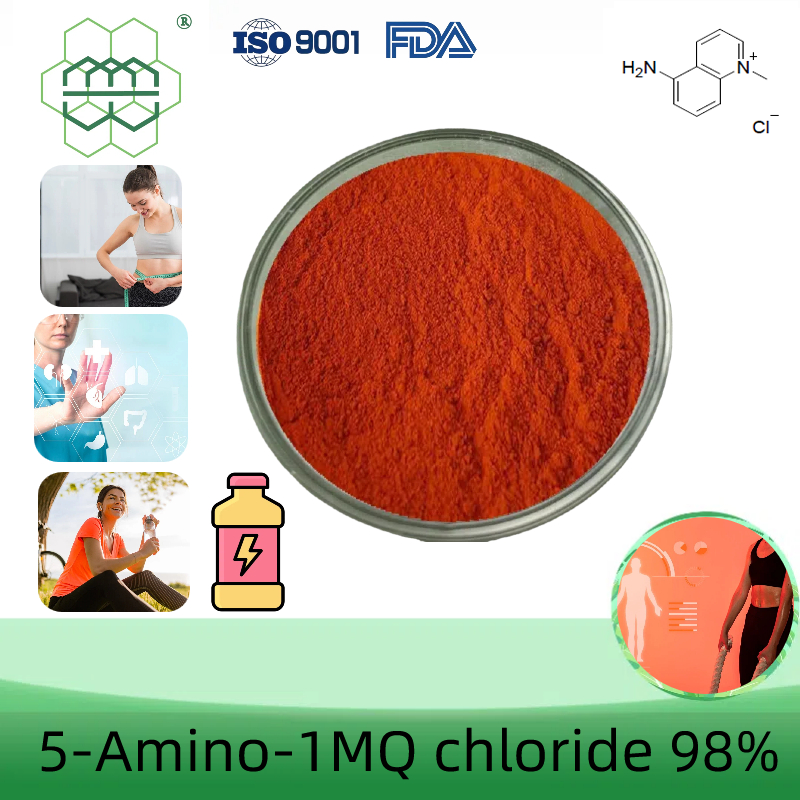-
Categories
-
Pharmaceutical Intermediates
-
Active Pharmaceutical Ingredients
-
Food Additives
- Industrial Coatings
- Agrochemicals
- Dyes and Pigments
- Surfactant
- Flavors and Fragrances
- Chemical Reagents
- Catalyst and Auxiliary
- Natural Products
- Inorganic Chemistry
-
Organic Chemistry
-
Biochemical Engineering
- Analytical Chemistry
-
Cosmetic Ingredient
- Water Treatment Chemical
-
Pharmaceutical Intermediates
Promotion
ECHEMI Mall
Wholesale
Weekly Price
Exhibition
News
-
Trade Service
Original title: Arsenic is less and less nutritious in certain ways
A new study published recently in The Holistic Environmental Science says cooking rice in a specific way can remove more than 50 percent of arsenic from brown rice and 73 percent of arsenic from white rice. Importantly, this method does not reduce the amount of nutrients in rice.
Arsenic is classified as a class of carcinogens by the International Agency for Research on Cancer because it is water-soluble and accumulates in rice, which grows more in flooded fields and contains about 10 times as much arsenic as other grains. A previous study by the University of Sheffield found that half of the rice sold in the UK exceeds the European Commission's rules on arsenic levels in rice consumed by infants and young children. A certain amount of arsenic affects almost every organ of the body and can lead to skin damage, cancer, diabetes and lung disease.
in rice grains, arsenic is concentrated in the outer bran around the endosperm. This means that brown rice (un milled or unprocessed bran-preserved rice) contains more arsenic than white rice. The grinding process removes arsenic from rice, but also removes 75%-90% of nutrients.
absorption method is a popular method of cooking, usually with a covered pot or rice cooker at a lower proportion of rice (e.g. 1:1.2) under medium-low heat, until all the water is absorbed. This method preserves nutrients in rice, but is less effective at removing arsenic than cooking in excess water, which in turn wastes resources.
in this study, the researchers selected three brown rice (Thai brown rice, short grain brown rice and brown Indian rice) and three white rice (white long grain rice, white pudding rice and sushi rice). These rices are the type of rice sold in the UK's major supermarket chains and are high in arsenic.
For these 6 kinds of rice, the researchers used pre-cooking treatment such as deionized water cleaning, pre-soaking and brief boiling, and studied 4 cooking methods, including unweled absorption, cleaning absorption, pre-soaked absorption and boiling absorption.
results show that the boiling absorption method (PBA) is the best cooking method, that is, first boil the water, then add the rice to boil for 5 minutes to go to the water, and then use the absorption method to cook the rice in the new deionized water. This way, brown rice and white rice were removed from 54% and 73% of inorganic arsenic, respectively.
, first author of the paper, said: "Our latest method of boiling absorption is simple and everyone can use it to cook rice. We don't know the arsenic content of each packet of rice purchased, and although the data show that brown rice is better than white rice, it contains more arsenic than white rice. The new method can significantly reduce people's arsenic intake while reducing the loss of key nutrients. We strongly recommend this method when preparing rice for infants and young children, as they are highly susceptible to arsenic. "
。







